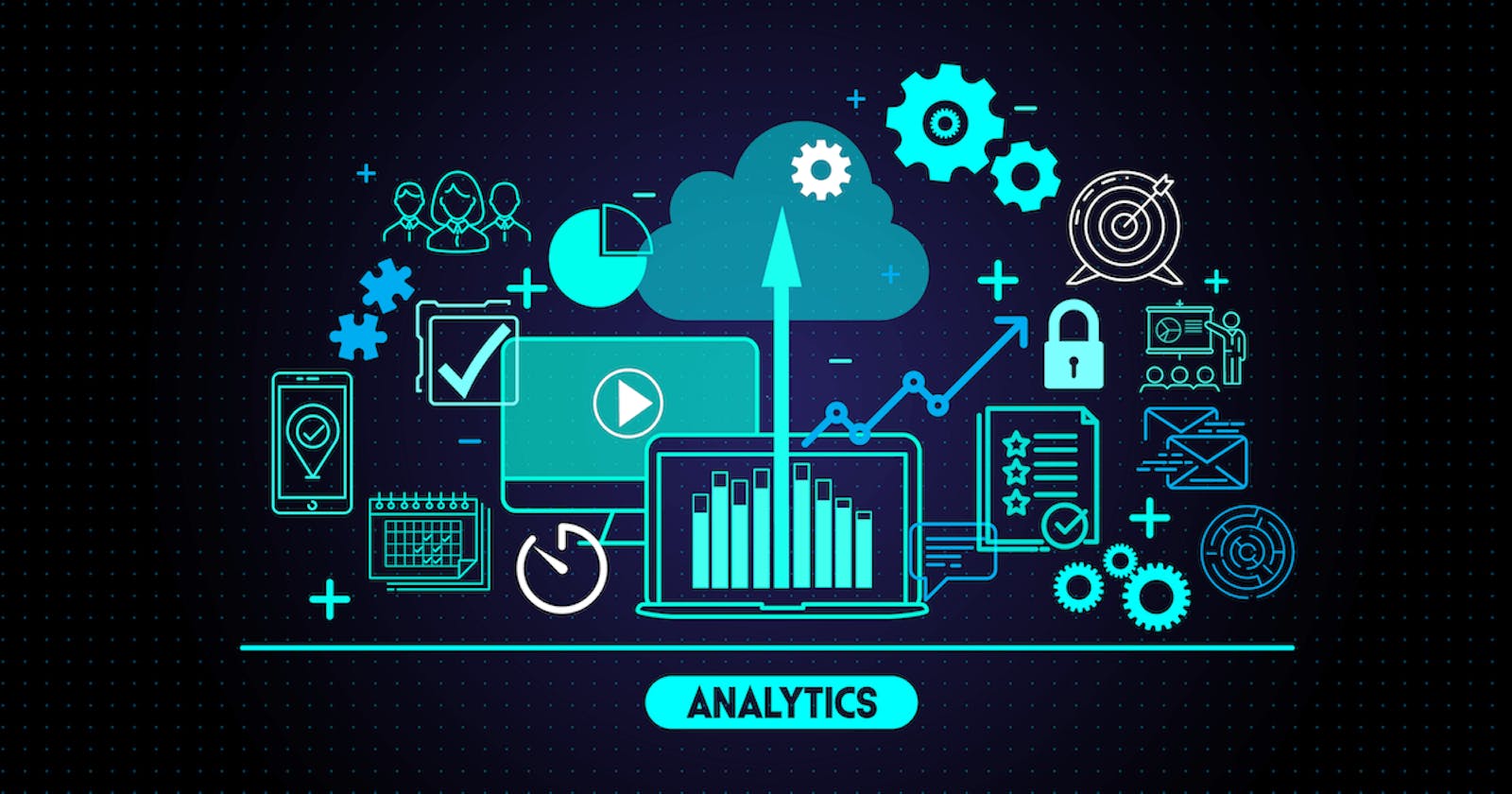Exploratory data analysis (EDA) : A step-by-step guide
"Exploratory data analysis can never be the whole story, but nothing else can serve as the foundation stone." - John Tukey
Exploratory data analysis (EDA) is an essential step in data analysis. In this process, patterns, relationships, and anomalies are uncovered by analyzing and understanding the data without making any assumptions about the population in which the data was collected. The goal of EDA is to gain insights into the data, which can then be used to inform further analysis and modeling.

The process of EDA typically involves a series of steps, which can be summarized as follows:
Data collection: The first step in EDA is to collect the data you want to analyze. This could involve gathering data from a variety of sources, such as surveys, experiments, or databases.
Data cleaning: Once you have collected the data, the next step is to clean it. This involves checking for missing values, outliers, and other errors that could affect your analysis’s accuracy.
Data visualization: The next step is to create visualizations of the data, such as histograms, scatter plots, and box plots. These visualizations can help you identify patterns, trends, and relationships in the data.
Data analysis: Once you have created visualizations of the data, you can analyze them. This could involve calculating summary statistics, such as means, medians, and standard deviations. It could also involve using more advanced statistical techniques, such as regression or cluster analysis.
Interpretation: Finally, your analysis results can be interpreted in the context of your research question. This could involve drawing conclusions, making predictions, or identifying areas for further research.
The key benefit of EDA is that it can help you identify potential issues with your data before you begin any formal analysis. For example, if your dataset has many missing values, you might need to collect more data or use imputation techniques to fill in the gaps.

Additionally, EDA can help identify relationships between variables that are not immediately apparent. For example, you may find that two variables are highly correlated, which could indicate a causal relationship between them.
EDA is an essential step in data analysis. By carefully examining and understanding the data, you can gain valuable insights that inform further analysis and modeling. Whether you are working with a small dataset or a large database, EDA can help you make sense of your data and extract meaningful information from it.

